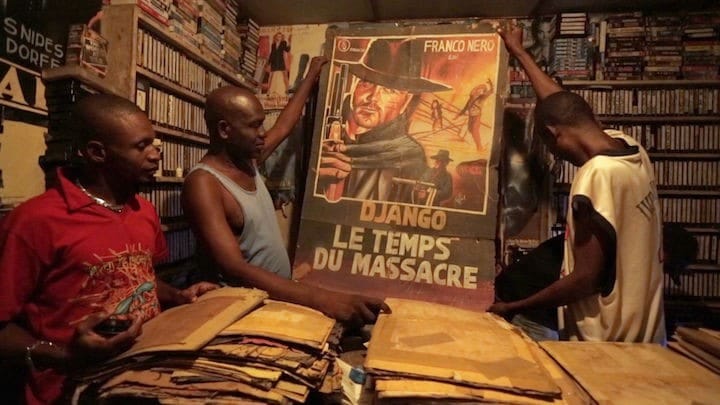Documentaries Feature New Ways of Seeing at the New York African Film Festival

“Cinema is an important art. It’s the art of telling the world about yourself.” These words of wisdom are offered by Congolese filmmaker Balufu Bakupa-Kanyinda in LaBelle at the Movies, a new documentary about the lack of cinemas in Kinshasa, the capital of the Democratic Republic of the Congo. It’s a highlight of the extraordinarily diverse lineup of t…
Keep reading with a 7-day free trial
Subscribe to Nonfics to keep reading this post and get 7 days of free access to the full post archives.



